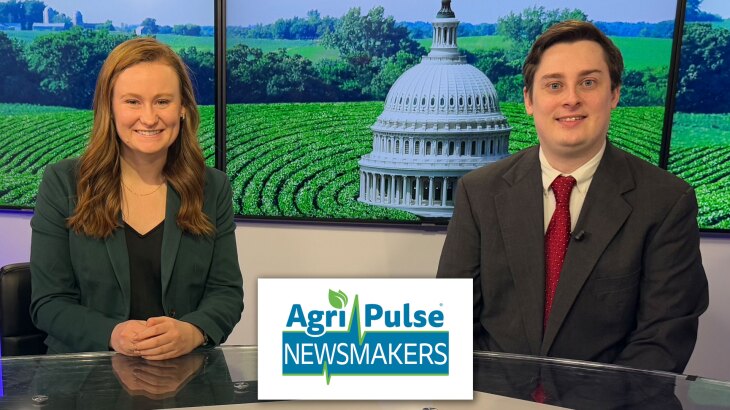Changes are coming to pesticide labels across the U.S. and we want you to be aware of what that means for your operation.
The EPA has developed an online system called Bulletins Live! Two to determine if pesticide use limitations are needed to protect endangered species based on location, product, and time of application. The idea is to avoid blanket use restrictions that impact all farmers.
Applicators are only required to consult the Bulletins Live! Two system if the label that came with the pesticide container directs them to do so. Eventually, all labels will likely include this.
The EPA has a tutorial on how to do this on their website.
Related Stories
The top agriculture news headlines from RFD-TV News today (Friday, March 28, 2025), and the top trending stories on RFD-TV News.
Here are the top agriculture news headlines from RFD-TV News today (Wednesday, March 26, 2025) and the top trending stories on RFD-TV News.
Here are the top agriculture news headlines from RFD-TV News today (Wednesday, March 26, 2025) and the top trending stories on RFD-TV News.
Here are the top agriculture news headlines from RFD-TV News today (Friday, March 21, 2025) and the top trending stories on RFD-TV News.
In his latest Firm to Farm blog post, Roger McEowen discusses the new EPA/COE clarifications concerning WOTUS. The new measures have important implications for farmers, ranchers, and rural landowners.
Agricultural irrigation return flow exemption and “Maui factors” are the topics of today’s Firm to Farm blog post by RFD-TV ag tax and legal expert Roger McEowen with Kansas’ Washburn School of Law.
Here are the top agriculture news headlines from RFD-TV News today (Thursday, March 13, 2025) and the top trending stories on RFD-TV News.

















